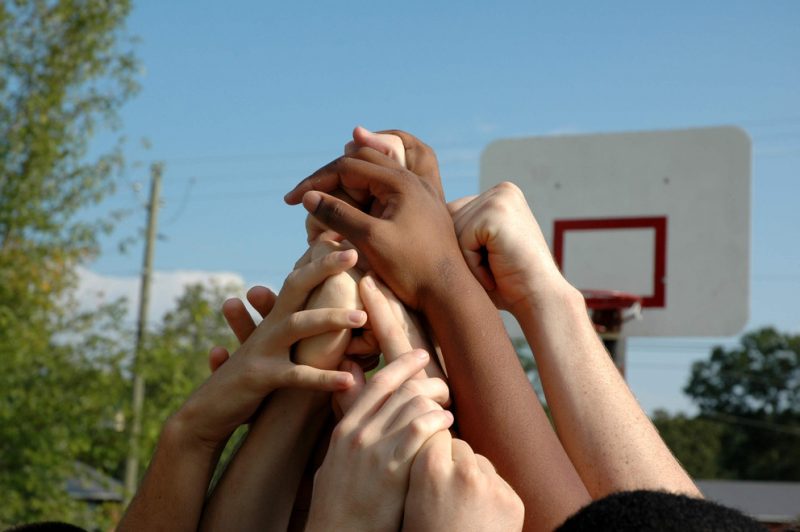What is racism? Why does it happen? Could it happen to me? All children ask these questions at some point in their lives, and they’ve been top of mind in the wake of ongoing protests following the death of George Floyd.
No matter a child’s age, the right time for parents to talk about the dangers of racism — and the benefits of diversity — is now. According to national studies, babies already show a preference for their own race at 3 months, recognize racial differences at 6 months, are starting to internalize racism at ages 2 to 4 years, and have established most of their racial beliefs by age 12.
“Racism is a form of violence,” said Jessica Mattingly, a child and adolescent psychologist with Penn State Health Medical Group – Psychiatry. “It’s important to teach children that racism is unacceptable because it hurts others.”
Starting the conversation isn’t easy. But experts agree the best opening is to ask children what they already know. “Start with open-ended questions,” said Dr. Raman Baweja, a child and adolescent psychiatrist at the practice. Some examples: What do you know about recent events? Do you know why they’re happening? How do you feel about them? What have you seen or heard from others?
Once you get the answers, tailor the discussion based on the child’s age. Here are some age-appropriate ways to discuss current events and stress the importance of diversity and inclusion:
Infants and Toddlers: These children won’t know about current events, but they can identify their own skin color and the skin colors of others. “Parents should explain those differences and talk about how they make us unique and should be celebrated,” Mattingly said. Making sure your toddler has dolls or books showing diverse faces helps to send a message of inclusion. One newer resource: a board book called Antiracist Baby, by Ibram Kendhi.
Pre-school and school-age children (grades K to two): Some children in this group may already have experienced racism if they’ve been teased or called names due to their skin color. Like with toddlers, parents should stress the importance of diversity, while also asking children to tell a grown-up if they see or experience something racist. A helpful resource: the book Let’s Talk About Race, by Julius Lester.
School-age children (grades three to six): They will understand more about both current events and history than younger children. They likely will know about civil rights pioneers like Martin Luther King Jr. Explain to them the difference between protests and riots when it comes to current events. Sharing images of some of the peaceful, positive protests can be an inspiring way to show them how the world is coming together to denounce racism.
Middle school and high school children: Parents can be very direct and open with teenagers, who are old enough to understand systemic oppression and other topics. Ask them to research topics about race to learn more, and encourage them to participate in online activism.
At all ages, listen to your child’s feelings about both racism and current events, and validate those feelings. “Teach positive coping skills,” Baweja said. “If your child says he’s angry, sad or anxious about these events, direct him toward an art project or taking a walk as a constructive way to process those feelings.”
Equally important: Reassuring your children about their own safety. Limit your child’s exposure to any violence in the media and let them know their parents will be always there to protect them. It’s also important to be honest. “It’s OK to tell children you don’t have all the answers,” Mattingly said.
Children may have strong emotions during this time. But if those emotions linger for days, lead to isolation, anxiety, nightmares, other behavioral problems or safety concerns, seek the help of a mental health professional.
The Medical Minute is a weekly health news feature produced by Penn State Health. Articles feature the expertise of faculty, physicians and staff, and are designed to offer timely, relevant health information of interest to a broad audience.
